




Disclaimer: Copyright infringement not intended.
The Malwa Canal is proposed to be constructed on the left bank of the Rajasthan Feeder Canal, land that officially belongs to the Rajasthan Government.
Malwa Canal Project is a planned irrigation and water management project in Punjab, India. It is the first of its kind to be built in Punjab since independence.
Project structure: The canal will originate from the Harike main structure on the Sutlej in Ferozepur district. It terminates at Warring Khera village in Muktsar district, close to the Haryana border, and will run parallel to the Sirhind Feeder and Rajasthan Feeder canals to the east of Haryana.
Capacity: The canal holds 2000 cusecs of water (a cusec is a flow equivalent to 1 cubic foot per second.)
Significance of the project: It is designed to meet the irrigation needs of nearly 2,000,000 hectares in southern Punjab, running parallel to the left bank of the Rajasthan Feeder Canal.
|
Location |
Northwestern India, is bordered by Pakistan (West), Jammu & Kashmir (North), Himachal Pradesh (East), and Haryana & Rajasthan (South). |
|
Area |
1.53% of India’s total geographical area. |
|
Topography |
Plains dominate; Shivalik Hills in the northeast; semi-arid regions in the south. |
|
Rivers |
Sutlej, Beas, Ravi (part of the Indus River System). |
|
Climate |
Predominantly subtropical: hot summers, monsoon season, mild winters. |
|
Soil Types |
Alluvial soils in plains; and sandy soils in southern regions. |
|
Vegetation |
Dry deciduous forests; agriculture dominates. |
|
Major Crops |
Wheat, rice, maize, sugarcane, and cotton (which forms part of India’s Green Revolution zone). |
|
Natural Resources |
Groundwater, fertile soils, mineral resources (coal in small quantities, salt deposits). |
|
Wildlife |
Key species: Blackbuck, Indian leopard, migratory birds. Major protected areas: Harike Wetlands, Abohar Wildlife Sanctuary. |
|
Demography |
Dense population, majority rural; rich cultural and linguistic diversity. |
|
Significance |
Known as the "Granary of India" and the "Breadbasket of India" due to its agricultural prominence. |
Source:

Disclaimer: Copyright infringement not intended.
The National Dam Safety Authority (NDSA) is likely to submit its final report on the Kaleshwaram Lift Irrigation Scheme (KLIS).
|
Location |
Godavari River, Kaleshwaram, Bhupalpally, Telangana, India. |
|
Purpose |
Irrigation, drinking water supply, and municipal/industrial use. |
|
Coverage |
Provides water to ~45,000 acres across 20 districts (excluding Hyderabad and Secunderabad) |
|
Current Status |
Largest multi-stage irrigation project in the world. |
|
Major Impact Area |
The confluence of Pranahita and Godavari rivers. |
|
River |
Pranahita River (confluence of Wardha, Painganga, and Wainganga rivers) |
|
Watershed |
The seventh largest watershed in the Indian subcontinent. |
|
Design |
7 links and 28 packages covering ~500 km (310 mi) across 13 districts |
|
Water Production |
Total 240 TMC: 195 TMC (Medigadda Barrage), 20 TMC (Sripada Yellampalli Project), 25 TMC (groundwater) |
|
Water Allocation |
169 TMC for irrigation |
|
Significance |
Supports agricultural development, industrial growth, and urban water needs in Telangana |
|
Location |
South-central India is bordered by Maharashtra, Chhattisgarh, Andhra Pradesh, and Karnataka. |
|
Area |
11th largest state in India. |
|
Capital |
Hyderabad |
|
Topography |
Deccan Plateau with an average elevation of 500–600 meters above sea level. |
|
Major Rivers |
Godavari, Krishna, Bhima, Manjira, Musi. |
|
Climate |
Tropical wet and dry climate; hot summers, moderate winters, and monsoon rains. |
|
Forests |
About 24% forest cover; tropical dry deciduous forests dominate. |
|
Natural Resources |
Coal, limestone, granite, quartz, and dolomite. |
|
Biodiversity |
Home to wildlife sanctuaries like Kawal, Amrabad, and Pocharam. |
|
Agriculture |
Major crops: Paddy, maize, cotton, and pulses. Irrigation via canals, tanks, and borewells. |
|
Soil Types |
Red sandy soil, black cotton soil, and alluvial soil. |
|
Key Landforms |
Hills: Nallamala, Ananthagiri; Plateau: Deccan; Valleys: Godavari, Krishna. |
|
Major Cities |
Hyderabad, Warangal, Nizamabad, Karimnagar, Khammam. |
Source:
|
PRACTICE QUESTION Q.What is the Malwa Canal Project and what are its primary objectives and benefits? (a) A flood control project aimed at preventing flooding in the Malwa region of Punjab. (b) A multipurpose irrigation and water supply project designed to enhance agricultural productivity in the Malwa region of Punjab. (c) A hydroelectric power generation project utilizing the water resources of the Malwa region. (d) A social welfare project aimed at providing clean drinking water to rural areas of the Malwa region. Answer: b Explanation: A planned irrigation and water management project in Punjab, India, designed to meet the irrigation needs of approximately 2 million hectares in southern Punjab. Originating from the Harike main structure on the Sutlej, it runs parallel to the Rajasthan Feeder Canal. |

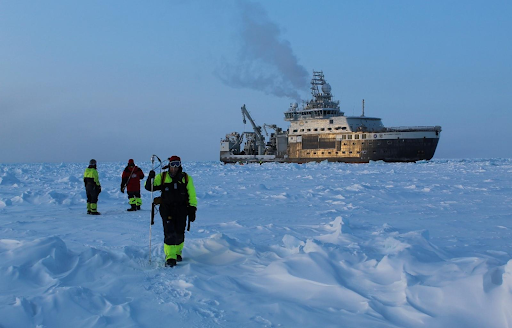
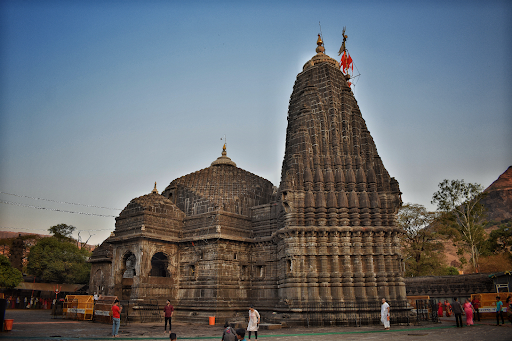
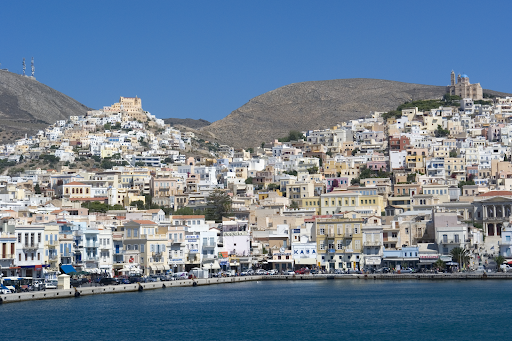


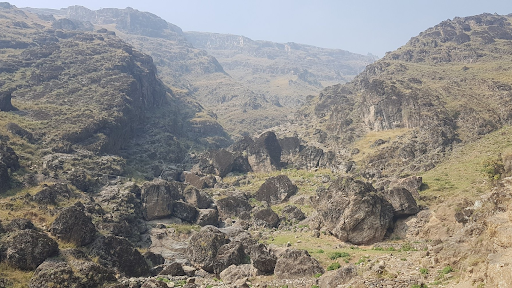
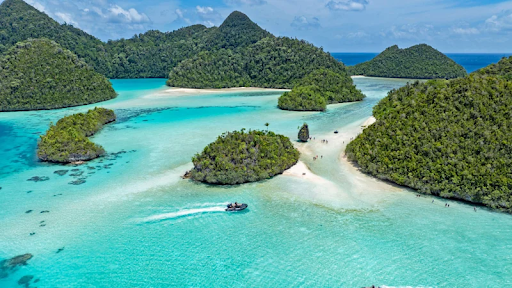

© 2025 iasgyan. All right reserved